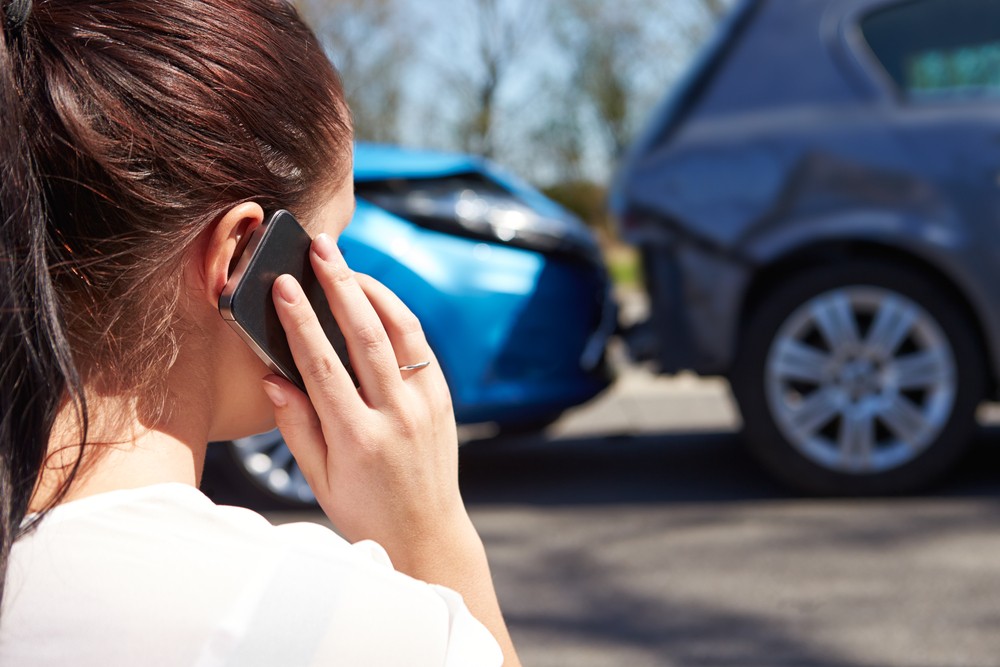True and good points, the 3 wheeler has space for 5-6, I know, I've done it many many times from Thailand to Cambodia to India. It's cheap. They should make a true 3 wheel electric for developing counties. USAID funded such an effort, fyi. Using in wheel electric motors.
They do make them in large numbers:
Thailand:
สามล้อไฟฟ้า | BIZ NEX Motor | Thailand #1 Electric TukTuk
India: ://www.godigit.com/motor-insurance/commercial-vehicle-insurance/find/best-electric-rickshaw-in-india
From huge companies such as Mahindra to many small ones electric Tuk-Tuk /Rickshaw are ubiquitous.
Several countries/companies have full service with multiple options from buying outright to leasing with charging or battery exchange.
If that is not enough this trend has even reached Brazil, with emphasis on local urban delivery. (FWIW several of my local delivery services for Supermarkets now use these, as do some other service providers.)
Tuk Tuk elétrico: ESG para a sua empresa! Conquiste clientes com a sua frota elétrica e 100% sustentável através dos tuk tuks elétricos Cicloway.

www.cicloway.com.br
France: ://www.goupil-ev.com/en/
-Then there is the Citroën Ami and many more in Italy too:
These are commercial providers, several of which are thriving. There are many more in other countries. Perhaps unsurprisingly , few North Americans know about these. Nearly all urban centers in Italy, France etc have postal delivery, service providers and often passengers in these tiny vehicles.
Of course we cannot forget one of the most charming (I have one reserved so I am biased:
This one even comes in two models, one does not even need a driving license!:
The Microlino is a space-saving, electric bubble car with: Two seats, range of up to 230 km, 12.5 kW power and top speed of 90 km/h.
microlino-car.com
None of these, thus far, has anything remotely like a simple cruise control, much less auto navigation. It is entirely plausible to equip this category with localized auto driving. Given the very tight navigation areas for these there, even were Tesla to help, some sort of geo-fencing would be necessary because they often navigate in areas normally precluded for other vehicles.
Lastly, even in normally restricted areas there are places where Tesla can enter such areas. For example I drove a Model X in La Città Alta of Bergamo
. Robotaxi in such locations worldwide can have enormous potential, even small ones.
Those two seater Robotaxi, if small enough and with some luggage space could be potentially popular, but also limited due to the impact on pedestrians and other vehicles.
Understanding the Elon advocacy for Robotaxi, the reality is that such a market is highly variable in type and context depending on characteristics of each such area. Because of those practical and legal issues, I strongly believe Robotaxi will not be a generalized application. Even if it were possible, there are local rules governing transportation for hire in nearly every urban area in the world.





